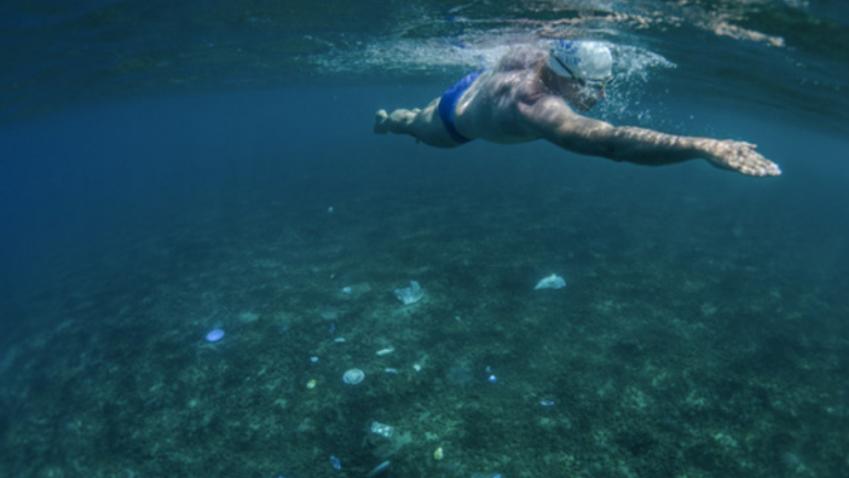Plastic pollution has emerged as the second most dire threat to the global environment, after climate change. The annual production of plastic has increased from 1.7 million metric tons in 1950 to 322 million metric tons in 2015. More than eight billion tons of plastic have accumulated on earth, polluting land, water, and air. Some have even characterized the current stage of human history as the “Plastics Age.”
Urgent measures are needed to confront the threat of plastics. Interventions have to be made at all five different stages of the plastics life cycle, namely production; its use in producing goods and services; consumption of these plastics-using goods and services; disposal of plastics-containing goods; and collection of improperly-disposed plastics litter.
New and frontier technologies can be helpful in interventions at all these five stages. The current issue of Frontier Technology Quarterly reviews some of the ways in which these technologies can help in the interventions at the first stage. It shows that new technologies can help in both enhancing the use of natural substitutes of plastics and in making plastics more biodegradable, for use in cases where plastics are unavoidable.
For example, nanotechnology can be used to coat cardboards to make them water resistant and leakproof, thus enhancing their use as substitutes of plastics in packaging. Genetic engineering, on the other hand, can help to widen the use of natural fibers, such as jute, flax, and hemp as substitutes for plastic. Genetic engineering can also be used to overcome the limitations of starch and cellulose in producing biodegradable plastics. Similarly, nanotechnology can be used to create a new range of biomaterials, which can be processed into biodegradable plastics.
Actual utilization of these potentials of new technologies, however, will require appropriate policies, including government support for research and for overcoming the infant-industry barriers.
Access the latest issue of the Frontier Technology Quarterly
About UN DESA
UN DESA Products
UN DESA Divisions
- Office of Intergovernmental Support and Coordination for Sustainable Development
- Division for Sustainable Development Goals
- Population Division
- Division for Public Institutions and Digital Government
- Financing for Sustainable Development Office
- Division for Inclusive Social Development
- Statistics Division
- Economic Analysis and Policy Division
- United Nations Forum on Forests
- Capacity Development Programme Management Office

